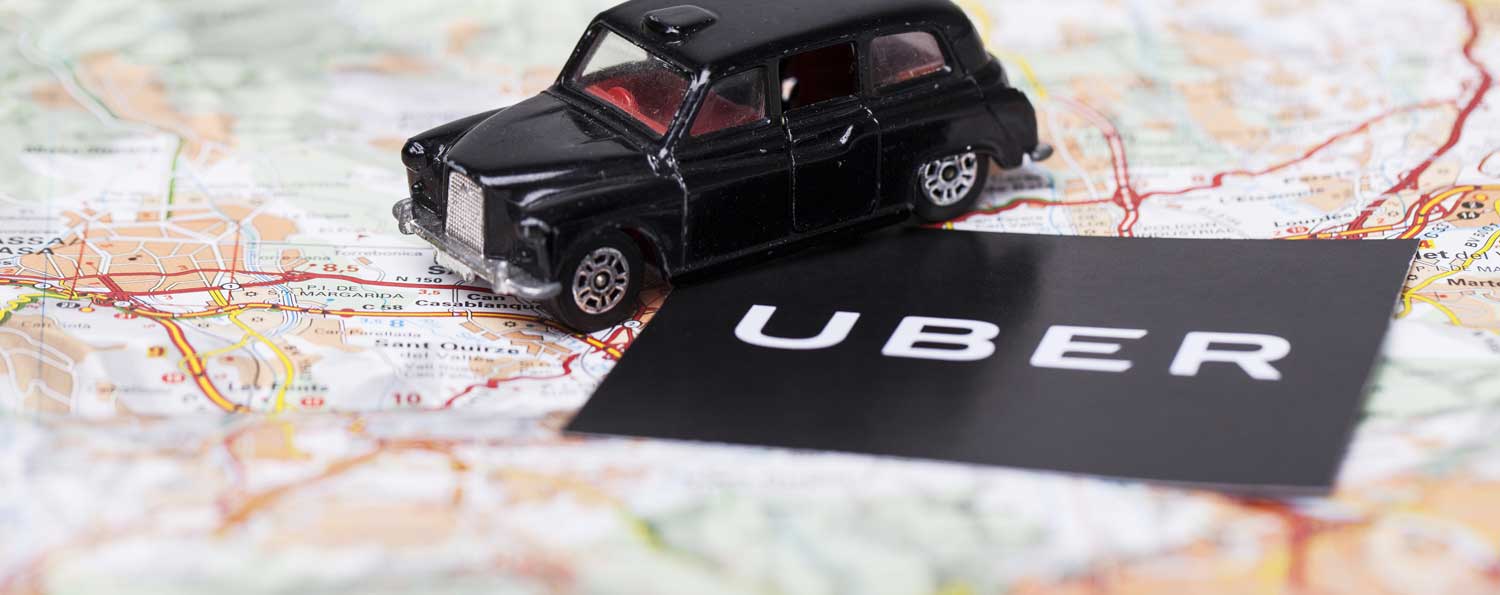Staying Uber-Cool In The Land Of Diversity

Exploring Uber’s innovative marketing strategy in India
Uber has been in the news a lot, though not always for the right reasons. The most recent shocker was its exit from the Southeast Asian market, selling its cab-hailing and food delivery services to the Singapore-based Grab. Back home in India, rumours of Uber’s possible merger with Ola have taken the public by surprise and launched a slew of speculations.
A lot of these back-outs can be traced back to the fact that Uber has been accumulating phenomenally large losses over the years since its launch. This is despite reporting a steady rise in revenues. By Feb 2018, the company had narrowed its losses to $645 million, thanks to its strong performance in growth markets such as India.
Whether this one bit of positive news is enough to make a huge difference to Uber India’s existence remains to be seen. But one thing is a given, losses or not, Uber surely knows how to stay in the news and woo customers, thanks to its innovative and far-out marketing strategies.
Groundbreaking Strategies
Here are a few other outstanding features of Uber’s marketing strategy in India that drove it from a humble cab-hailing service in 2017 to a leading cab aggregator hosting 5 million active riders per week.
- Target audience: From the very beginning, Uber entrenched into India’s booming young population who are typical: a) value-conscious b) smart-phone savvy, and c) employed, based in megacities where driving is usually a stress-prone and often unpleasant experience.
- Social media presence: Without doubt Uber has effectively channelled the holy trinity of social media: Facebook, Instagram and Twitter, using them as powerful platforms to directly connect with its user base. For instance, Uber India’s Facebook boasts of a whopping 18-lakh active follower base. Updates are posted as frequently as 2-3 days to a week, and comments get a response in just a few hours – one of the stand-out features of the page.
- Campaigns and collaborations: Uber’s marketing campaigns are adept at triggering trends, making them brilliant conversation starters. Examples range widely, from its very first campaign “Move Forward” to “OfficeHeroes” and “UberSAFE”. When it comes to cross-branding as well, few companies have leveraged the power of partnerships as well as Uber. Notable collaborators include Delhi Police, Zomato and Paytm. It’s latest trendsetter #Takeabackseat campaign featuring acclaimed cricketer Virat Kohli encourages “Ubering” instead of driving.
- Coupons: Discounts, always appealing to the Indian consumer, is another reason behind Uber’s thriving success. A large number of Uber passengers are office commuters, who welcome the benefits posed by Uber’s hefty discount coupons. Uber relies on SMS to convey daily and seasonal discounts to users, and these seem to work very well in its favour.
- Endurance: Uber has been said to charge about 20% of its drivers’ daily income as commission. Bonuses and lucrative incentives are often a part of the deal. A lot of these payouts are funded by Uber at the cost of its own profits. However, it pays to remember that Uber is funded by international investors with deep pockets. So, all this extravagance could be attributed to some hard logic after all. Strategically Uber aims to drive out smaller competition from the market by undercutting them, thereby winning mono- or duo-play status, eventually.
Presence in traditional media
Uber India is notoriously shy of traditional marketing mediums media such as TV, print and radio. When it comes to marketing, it prefers to use an innovative mix of new media and repeat strategies that have worked in other markets. But then, Uber is nothing if not a trendsetter!
However, in 2017, Uber India strayed off the beaten path, and launched its first TVC, #IseyApniHiGaadiSamjho, a spin-off of its global campaign: ‘Uber: Effortless Night’. Titled “Apnapan,” creator Taproot Dentsu’s localized ad campaign captures stories of heartwarming interactions between cab drivers and passengers. It’s underlying motive: to take Uber from being an indulgence to a habit for the common commuter.
Watch the video here:







